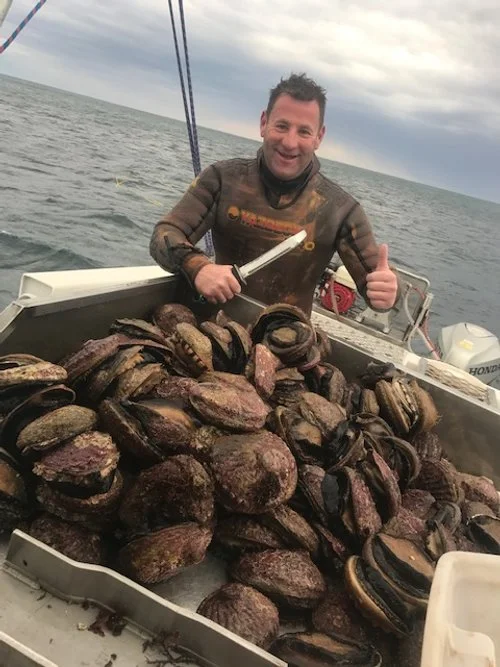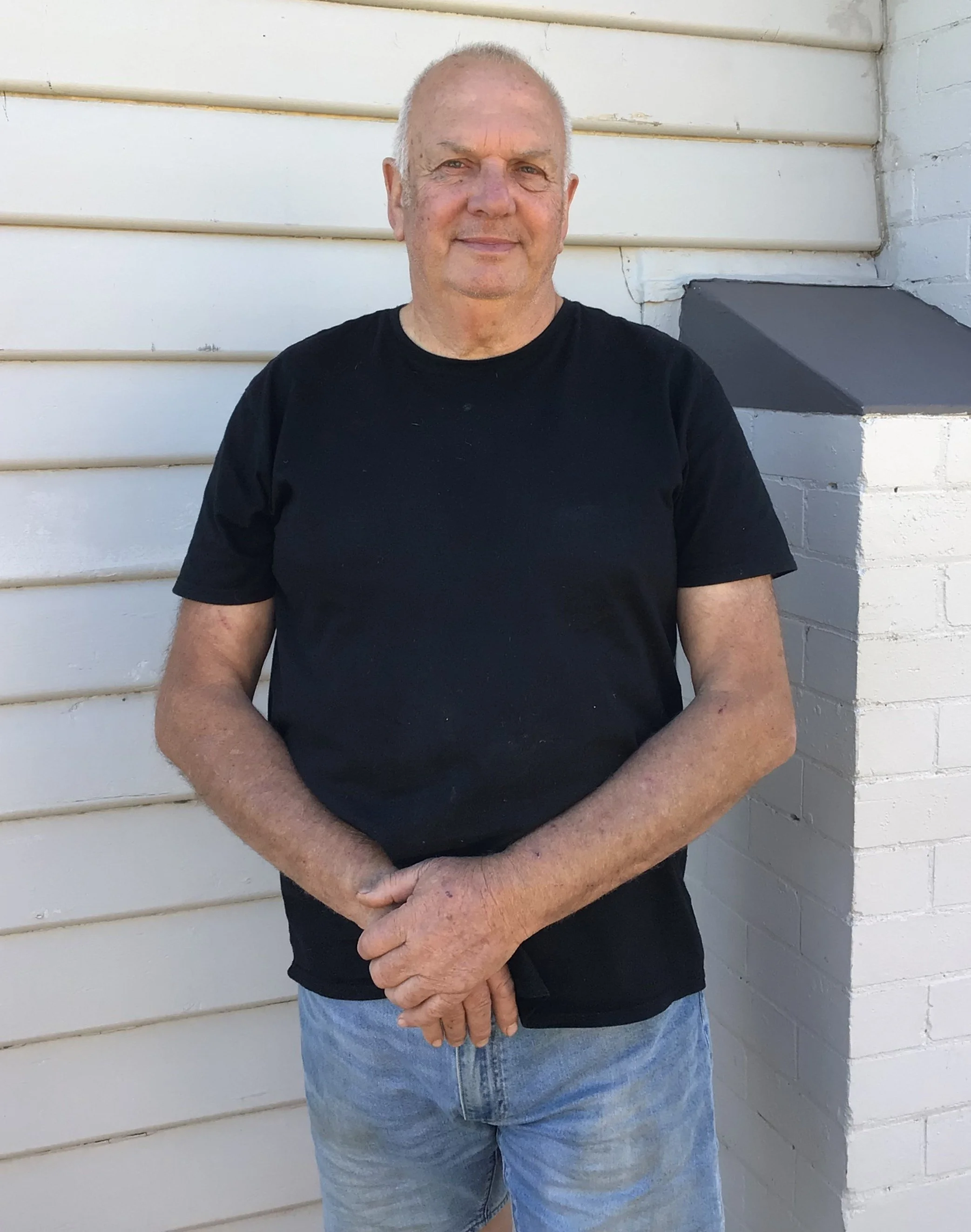The Elusive II lobster boat cuts a white swathe through the steely grey waters off Warrnambool in Victoria’s West. Fifty-five-year-old Garry Ryan powers down the boat and sidles her next to the breakwater. Onboard is deckhand Ryan Bell and their catch of just over 100 southern rock lobsters.
Read MoreBased in Sale, Gippsland, Lachlan McKinnon has transformed from a fisheries scientist investigating and researching different aspects of fish biology and fisheries ecology into a first generation eel fisher. Born and bred in Melbourne, Victoria, Lachlan spent many school summer holidays hanging around the fishing boats at Queenscliff and Apollo Bay, scoring the odd day trip out to work cray pots and troll for couta. ‘I loved the idea of being able to catch and supply such fantastic food in Victoria, supplied by mother nature’.
Read MoreLuke Anedda pulls his boat onto the boat ramp at Port Welshpool. He has been out on the waters at Corner Inlet neat Wilsons Promontory since before dawn. Here the waters are shallow, comprised of five channels and seagrass meadows. Luke is just one of 18 commercial fishers working Corner Inlet. The fish from here, such as King George whiting, rock flathead, and garfish are considered some of the best in the nation and favoured by world renowned chefs such as Neil Perry and Ben Shewry.
Read MoreGeorge Brocklesby is fixing his boat. The ever-smiling San Remo lobster fisher closes a hatch in the cabin of his fast purpose-built boat Hanna Ann G. “You have to be a jack of all trades in this business,” says George. “You are always repairing pots or splicing rope,” he says.
Read MoreWhen Dayle Pranskunas was a three-year-old girl she watched her mother head off to sea to work on a scallop boat. “I just wanted to be like her,” says Dayle. “It seemed like the most adventurous way of making a living.” When Dayle was 20 she landed a job as a deckhand on a scallop boat working out of Port Welshpool in South Gippsland. “It was brilliant.
Read MorePortarlington mussel grower Lance Whiffen farms mussels at the southern end of Port Phillip Bay. The former scallop fisher spends his days tending to the mussels growing on woven nylon ropes suspended in the cool, clean water and is showing us around his farm just off the coast of Portarlington.
Read MoreCraig Fox is a man on a mission – to ensure the long-term sustainability of the wild-catch abalone fishery in Victoria for his fellow fishers, and for his daughters Bree and Zara. ‘I am passionate about a long term sustainable wild-catch abalone industry and a secure future for both my daughters. Responsible fishing is critical to ensuring that we have an industry for many years to come’.
Read MoreMike Houghton and Ric De Vries seaweed harvesting journey began in 1999 with the first discovery of an introduced Japanese seaweed “Wakame” in Port Phillip Bay. Soon after, Mike applied for and was successful in attaining a permit to commercially harvest Wakame from Victorian coastal waters.
Read MoreLobsters were regarded as "poor man's food," and there was no established market for the crustacean until they were canned and sent to feed the troops during World War Two. The American troops developed a taste for our lobster, and an export market into America began after the war ended and the fishery boomed. The lobsters were caught by fishermen from local Co-ops, and the lobster tail meat was sent to be canned by seafood processing companies for export.
Read More








